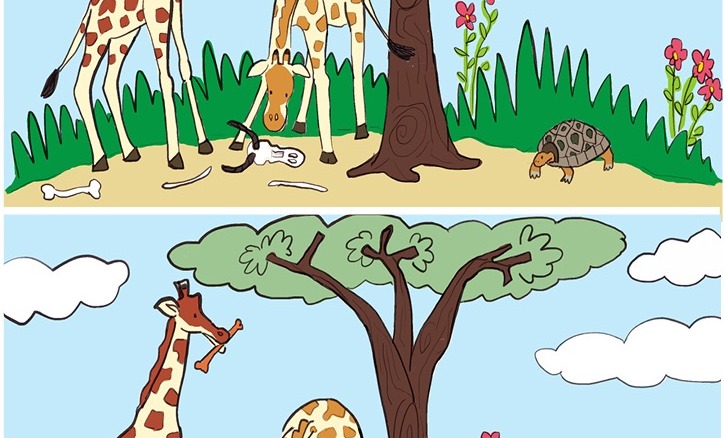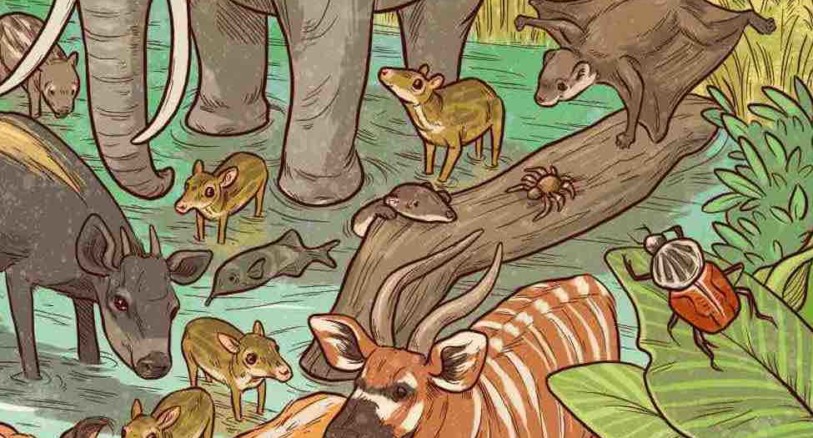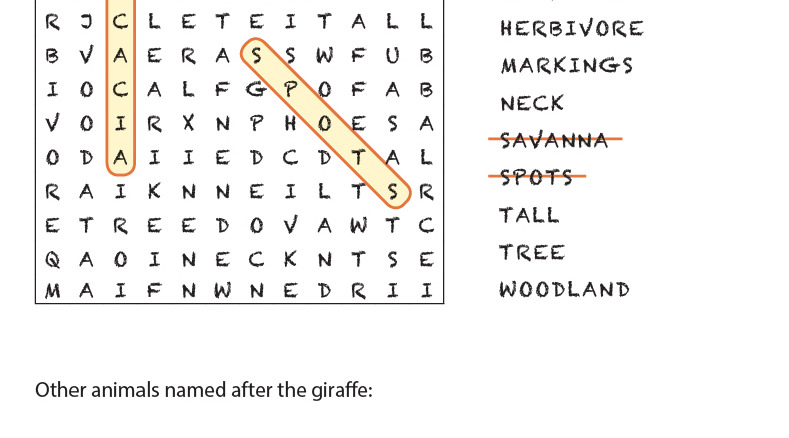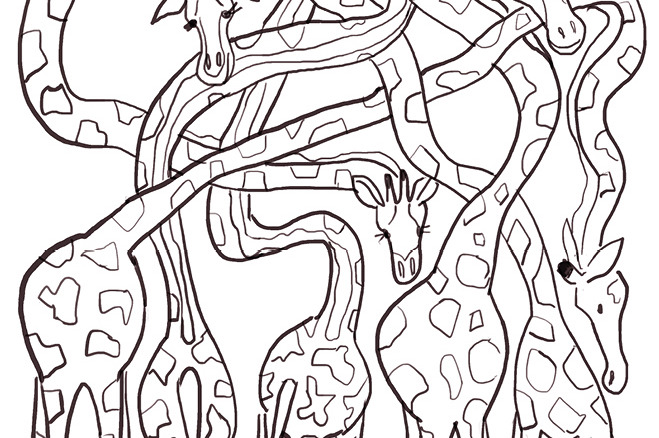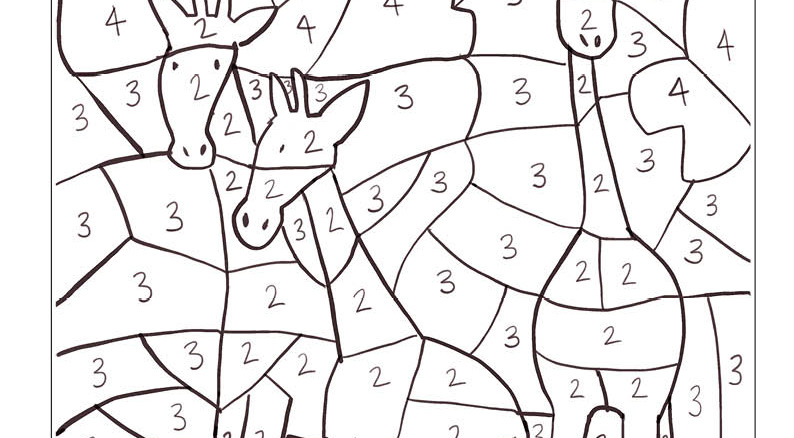Did you use something made of plastic today? A plastic toothbrush, a cup, a fidget, building bricks, or the pens and markers in your (plastic?) pencil case? You almost certainly said yes!
Can you go a day without plastics? Hmmm, that could be hard.
Plastics weren’t always part of our everyday lives. Leo Baekeland invented the first fully synthetic plastic, called Bakelite, in 1907. This plastic was derived from fossil fuels. Plastic production began booming after 1950. Scientists quickly invented many new and useful types of plastics.
Before plastics, people still had toothbrushes, cups, and pencil cases. However, these objects and others were made of natural materials like wood, paper, plant fibers, bone, animal hairs, clay, glass, and metal.
Game
Imagine a time before you were born: before plastics. Can you match each plastic item below with its non-plastic counterpart?
Are natural materials always better for the environment?
Like many complex questions, the answer is often, “It depends.”
Before plastics, some of our materials came from animals. Did you know elephant ivory was used for piano keys, decorative objects, and jewelry? Tortoiseshell (from actual tortoise shells) was popular for hair clips and accessories. Too much harvesting of these natural materials led to crashing numbers of some types of animals, including elephants. To protect elephants, the international trade in elephant ivory was banned in 1989.
Natural clothing fibers, like wool and cotton, have advantages. They are biodegradable and renewable. Sheep’s wool is water, flame, and stain-resistant. However raising sheep requires land. Sometimes forests are cut down to create grazing space. Also, wool is expensive to produce. Growing cotton requires land too. The synthetic fertilizers and pesticides used on many cotton crops can harm human health and the environment.
Synthetic clothing fibers can be more durable and more affordable. This seems like a win. However, because they are cheaper, synthetic fibers are often used in the fast fashion industry. Fast fashion is the creation of trendy clothes that aren’t made to last. This means that synthetic fibers often end up in landfill or polluting the environment. On the other hand, some companies make clothing like fleece jackets out of recycled plastic bottles. Blending recycled plastic fibers with natural fibers is another way to make new material for clothing and prevent waste.
So, what do you think? Are natural materials always the best choice?
More learning resources
Article from Science Museum UK: The Age of Plastic: From Parkesine to pollution
Story on Mongabay Kids: Learn about Isatou Ceesay and the recycling women of The Gambia, who turned plastics polluting their environment into sustainable products
Story on Mongabay Kids: Learn how a student named Tejas took on plastic pollution in his local area
Article from Mongabay News: Scientists explore nature’s promise in combating plastic waste
Algalita’s Wayfinder Society: Free, editable, hands-on lesson plans on plastics and plastics cleanup

